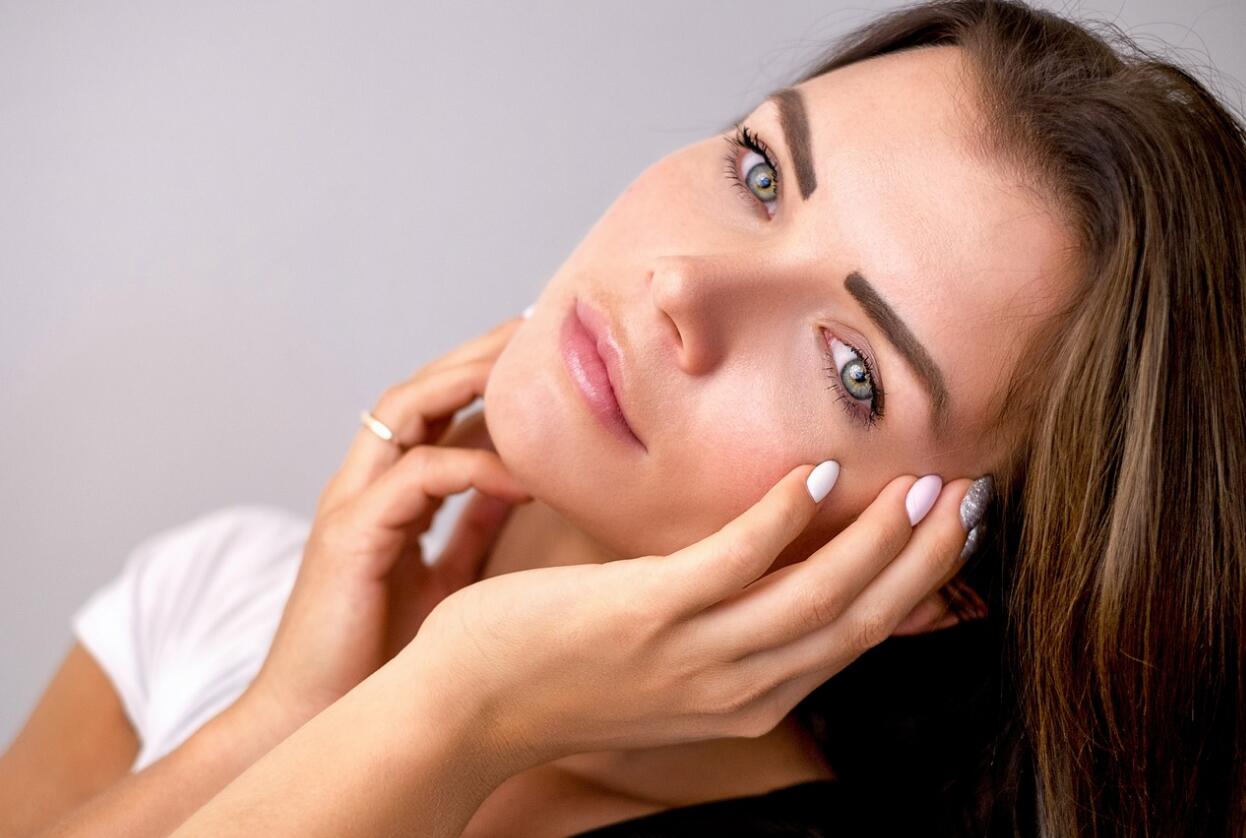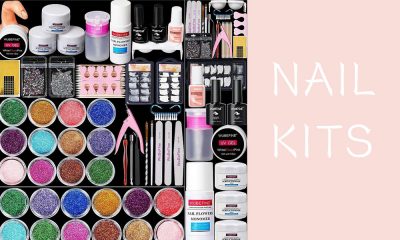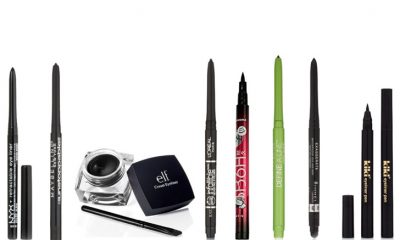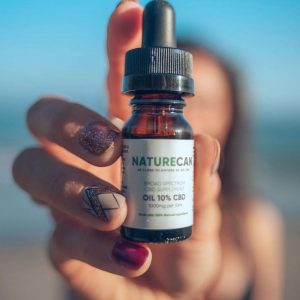
When looking after your skin, it is crucial to know your skin type as this will help you to build the most effective skincare routine. There are five main skin types, ranging from combination, sensitive, dry, oily, and normal. Each of these types come with their own benefits and challenges. There are some common essentials shared by everyone when it comes to skincare, such as SPF, moisturizer, and cleanser, but the formula of your skincare routine will vary greatly depending on the type of skin you have.
So, you might be wondering, “How do I know what my skin type is?” Don’t worry, we’re here to help! Here, you will learn two easy methods for identifying your skin type at home. You’ll also learn more about the defining characteristics of each skin type and the best ways that you can manage your skin in a way that is unique to you.
After, you’ll have all of the right tools to make sure your skin is looking and feeling at its best.
Your Skin Type and How To Test For It
Before we get into how to determine your skin type, here’s a quick rundown of what each one means so you can get the best skincare products to suit your skin type.
Oily Skin
Oily skin can be defined by an above-average production of sebum, which is otherwise known as your skin’s natural oil. An excess of oil can make the skin come across as greasy or shiny, which leads to enlarged pores and blackheads. Clogged pores contribute towards skin breakouts, which those with oily skin are much more prone to.
Dry Skin
Dry skin is the opposite of oily skin, meaning that the skin doesn’t have enough oil. This causes the skin to feel tighter and look dull, with dryness causing flakey skin, cracks, or peeling. People often link dry skin with dehydrated skin, but they are not the same. Dehydrated skin comes from a lack of water in your system, and this can happen to anyone regardless of the skin type you have.
Combination Skin
If you have a combination skin type, it means that you are displaying two or more of the other characteristics. For example: if you have both dry and oily skin, it could mean that you have oilier sections in your chin and forehead, but your cheeks are drier in places.
Sensitive Skin
If you have sensitive skin, it means you have heightened sensitivity to stressors, including certain skincare products. How sensitive your skin is can vary. For example, some people might experience redness and itching regularly, whereas others might only ever get mild irritation. It is important to note that sensitivity isn’t always visible, so it’s important to look at how skin feels to judge how sensitive it is.
Normal Skin
Normal skin is everywhere, but here it can be defined as skin that is usually well-balanced, showing no real skin concerns.
How To Test For Your Skin Type
Now that we’ve explained what the different types of skin are, you can now start taking the appropriate steps to figure out which one you have. Below are two easy methods to follow at home for identifying your skin type.
The Bare-Faced Method
The best way for you to determine your skin type is by studying your bare skin. These steps are simple, starting off by washing your face with some mild foaming cleanser, ideally one that is gentle enough for any skin type. Once you are finished washing your face, make sure to gently pat it dry with a clean towel. Do not put any other products on it, and wait for about 30 minutes. Then, look at how your skin feels and looks. If it feels uncomfortable, dry, or tight, it means that you have dry skin. If you are noticing a clear shine on your face, it is likely you fall into the oily category. If you’re noticing that your skin has both dry and oily areas, this is when we would suggest you have ‘combination’ skin. If you notice redness and irritation – you’ve guessed it! You’ve got irritable skin. And to any of you who don’t have any of these concerns, congratulations! You’ve got normal skin.
The Sheet Blotting Method
Another great way that you can simply determine your skin type from home is to press clean blotting paper against areas of your face. Once you’ve done that, hold the sheet toward the light to see how much oil has been absorbed through the paper. If you are noticing a lot of oil, then hey presto! You’ve got oily skin. If you see little to no oil, it means you have dry skin. If you want to get the best results for this kind of test, make sure to do it either around midday or in the evening. This is because if you blot your skin too close after cleansing, your results won’t be entirely accurate!
Now that you are equipped with the what and the how, we hope that you’ll be able to try these tests for yourself and learn more about your skin. The sooner you do, the quicker you will be able to get the right skincare products that match your skin type and truly reap the benefits.
Images: pixabay



